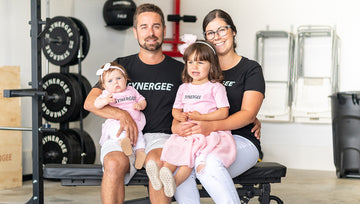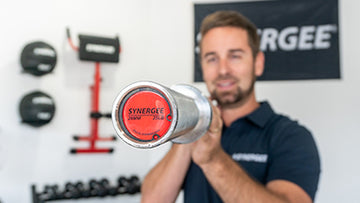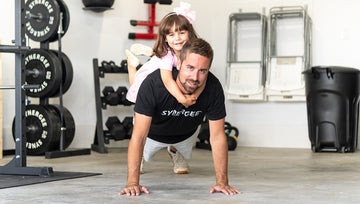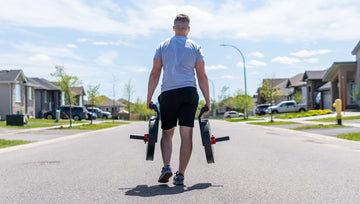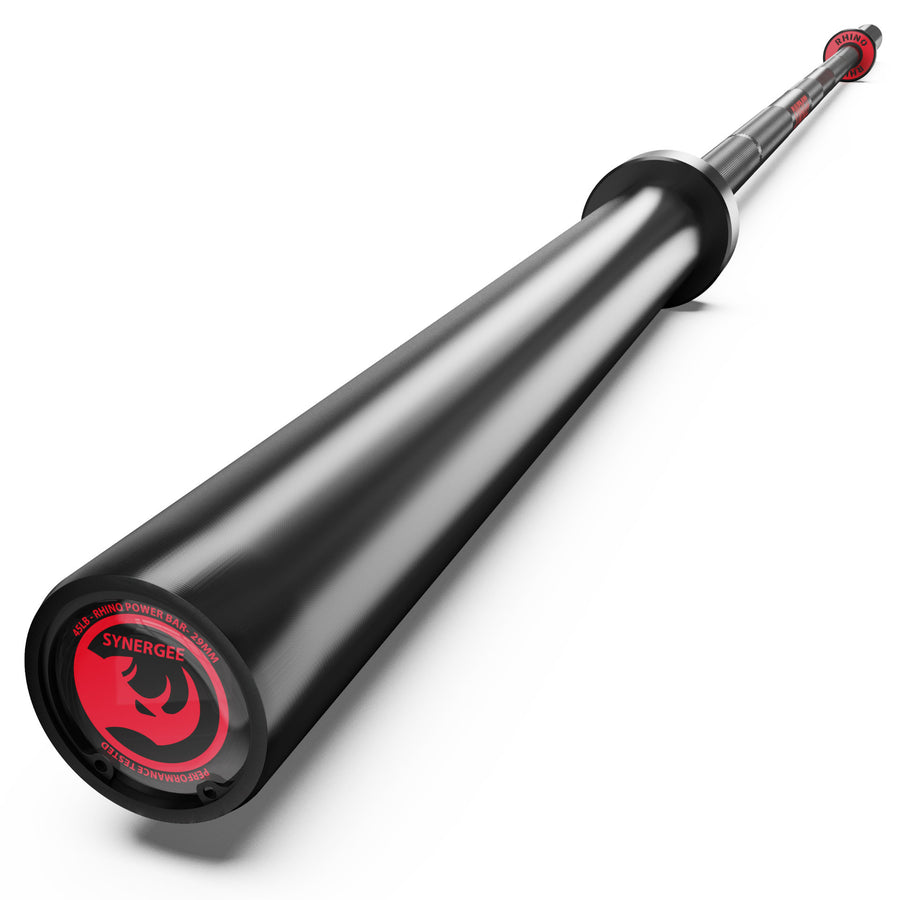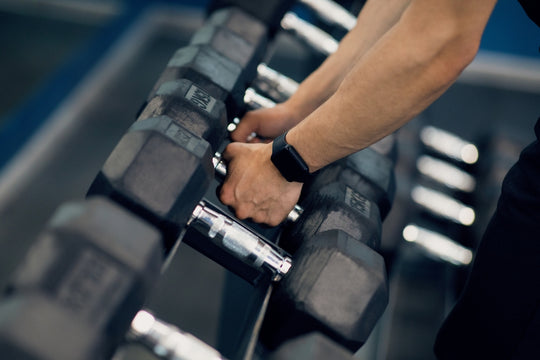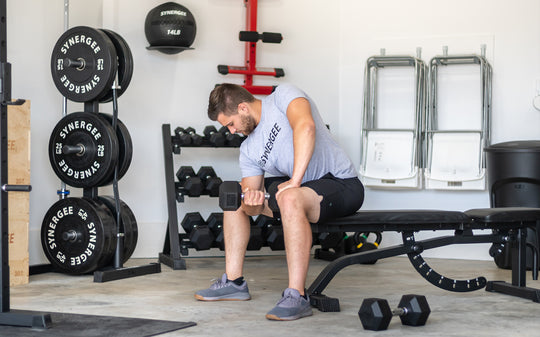8 Common Form Mistakes That Are Ruining Your Workout
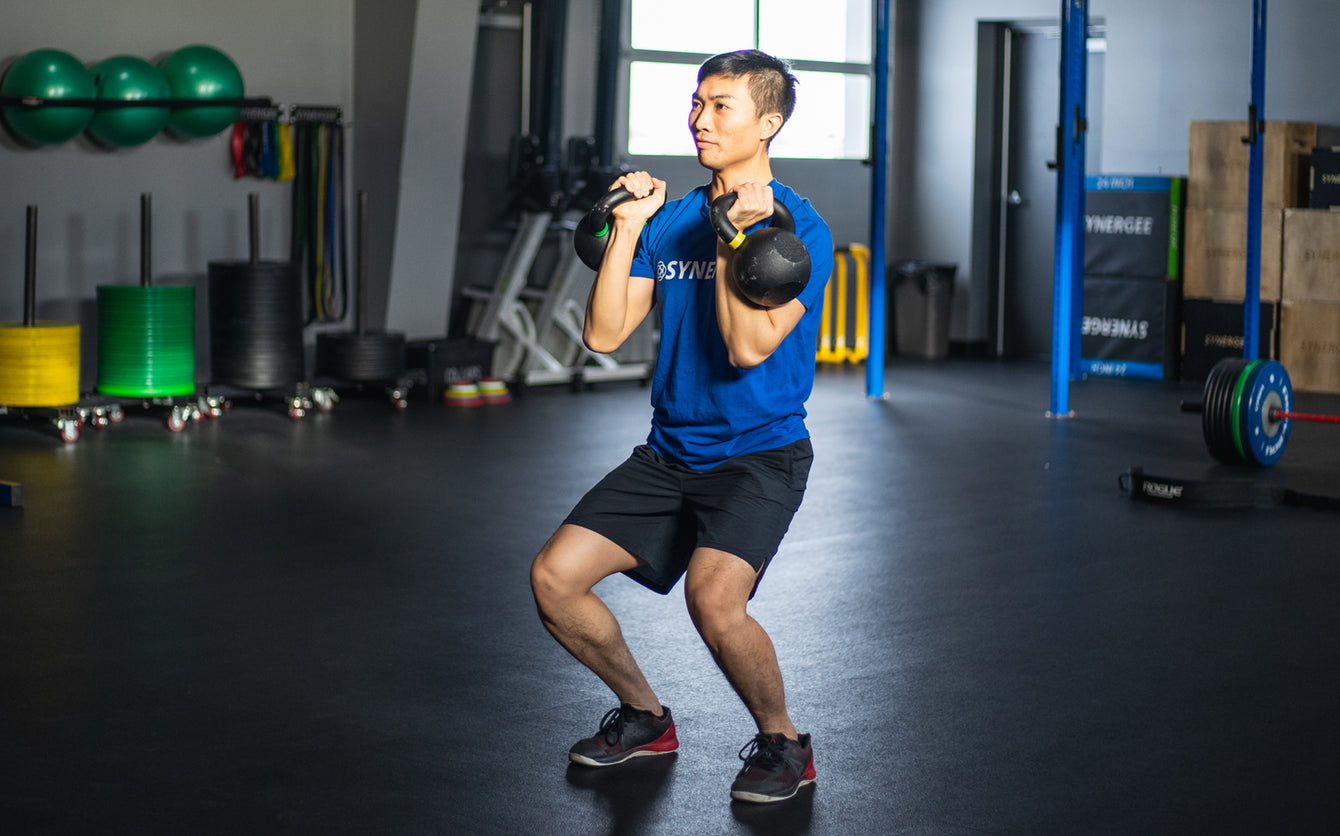
There is a difference between “hurt so good” and “hurt so bad” in your workouts.
The “hurt so good” makes you hungry for more; while the “hurt so bad” makes you want to skip your next workout because you’re not seeing gains, you’re only seeing back pain.
Today, we’re going to go over 8 Common Form Mistakes – as well as their solutions, because what’s the good in just pointing out how to do something wrong?!
We’ll go over those, and then you can incorporate the fixes into your workouts and have a better, more gainful, fantastic workout for years to come.
Sound good to you? Sounds good to me! LET’S GO!
1: PLANKS – Drop your BUTT!
If you want to work your abs, planks are great. But if you raise your butt, you’re ruining it.
Aim to create a straight line from your heels to your shoulders. Think about keeping a hollow position – pinch your shoulder blades together, tuck your pelvis, and bring your belly button up to your spine.
2: PUSH UPS – Hollow Hold
How many push-up’s can you knock out in a row?
Ok, cool… but how many can you knock out without slinking your back, and instead performing them in a slow & controlled manner? Hm…
The Hollow Position cue we talked about with the plank will also help with Push Ups!
Don’t slink up or down – your entire body should rise and descend together. Your butt should not lead to movement - these aren't called Butt Ups for a reason.
Maintain a rigid body position throughout and move in a slow and controlled manner for maximum gains.
If it is too hard to maintain this body position, it is 100% better and more efficient to go to a modified version to build strength. Drop your knees or elevate your hands to a bench or box to take some weight off the movement.
3: CURLS – No Momentum, Just STRENGTH

If your curl session looks more like a flailing, twisting dance party, stop. Just STOP. Put those dumbbells down.
The point of Bicep Curls is to work your BICEP, not to generate momentum by swinging your upper body around like the Inflatable Arm Man.
Slower is better when it comes to curls. Pause at the bottom, pause at the top, and ensure your can feel your bicep squeezing and contracting as you bring the weight up to your shoulder.
As well, keep your elbows close to your sides. They are a pivot point and shouldn’t flair of flail.
Oh no, does that mean your probably going to have a harder time and maybe do less reps? Yeah, sure. But if they are good full reps, they are worth way more than whatever you were doing before!
4: KETTLEBELL SWINGS: Less Arms, More Hips
Kettlebell swings are called such because the SWING is essential. Unlike Bicep Curls, the generation of and sustaining momentum is everything.
If you reach the top of your swing and the bottom of the bell is aimed at the ground, I can guarantee you are using your arms too much in this movement. You want to use your hips more.
The best way to recruit your hips in the movement is to squeeze your butt as you complete your swing… with your butt muscles, not with your hands. Keep your hands on the kettlebell!
As well, when you come down from the swing, “catch” the kettlebell by setting your hips back and allowing your chest to come forward. It is vastly different from a SQUAT, and closer to the feeling you get when you are about to execute a push press; it’s a dip to go into the next rep, NOT a squat to work your glutes.
Absorb that momentum and then push it all out with your hips into the next rep. Squeeze! That! GLUTEUS!
5: OVERHEAD PRESS: Stop arching your back
Getting stuck in an overhead press when you are sooooo so so so so close you can taste it SUCKS.
It will suck even more if you try to Limbo yourself under the bar by arching your back. Arching your back to get your head and arms under the bar isn’t just ugly as sin; it is also HORRIBLE for your back.
This movement results inper heavy weight is being placed on a vulnerable and not-so-strong part of your back that will hurt for weeks if it is mistreated.
Instead of limboing, squeeze your butt to get those final inches of movement transferred to the bar. Lift with your legs, not your back; you’ve heard that before, right?
You want to push UP on the bar so it continues travelling in a straight line; NOT back so it deviates from your center of gravity.
6: DEADLIFTS (OR REALLY, ANY FROM-THE-GROUND BARBELL MOVEMENT): It’s all in the set up

The aim of deadlifts, cleans, snatches, etc. is to move the bar from the ground to your thighs/rack position/overhead in a linear movement.
To allow for this to happen you need to set up properly, positioning your body in a way that anticipates the movement.
- Start with standing over the bar – stand with your feet under your loaded barbell at hip-width. The bar should be over your mid-foot; not over your toes or touching your shins.
- Then, bend over the barbell and grab outside of your legs with whatever grip required. If your knees are caving in, you might need to adjust how wide your feet are; or give them some room by widening your grip slightly.
- Next, get into your set up position by keeping your heels planted and let your shins touch the bar naturally. Don’t lean too hard into the bar just to get contact, and don’t roll the bar back towards you. Just sit your butt back and bend your knees until it happens.
7: PULL UPS: Pinch your Shoulder Blades, DON’T Strain your Neck!
The top of your pull up shouldn’t hurt your neck. Yes, chin over the bar completes the rep – but it’s a movement for your arms, back, and lats.
If you feel like you are straining and craning your neck to get it over the bar, focus instead on recruiting your lats to gain that last bit of height. Pretend there is a pencil between your shoulder blades you want to PINCH! That should get you the last bit of movement you need!
Still struggling? Practice your negatives to strengthen the muscles required.
8: FARMERS CARRY: Carry the Weight, Don’t Let It Carry You

Farmers Carries are incredible for your body! And like most exercises, slow and controlled is way mor important than speed. A sign the weight may be carrying you – rather than you carrying the weight – are shoulders hunched forward, as well as steps that are predominately on your toes.
Center the weight over your body. Pinch your shoulders back, brace your core, tuck your pelvis (remember that hollow position we talked about earlier?) and walk Heel-Toe in a slow and controlled manner.

